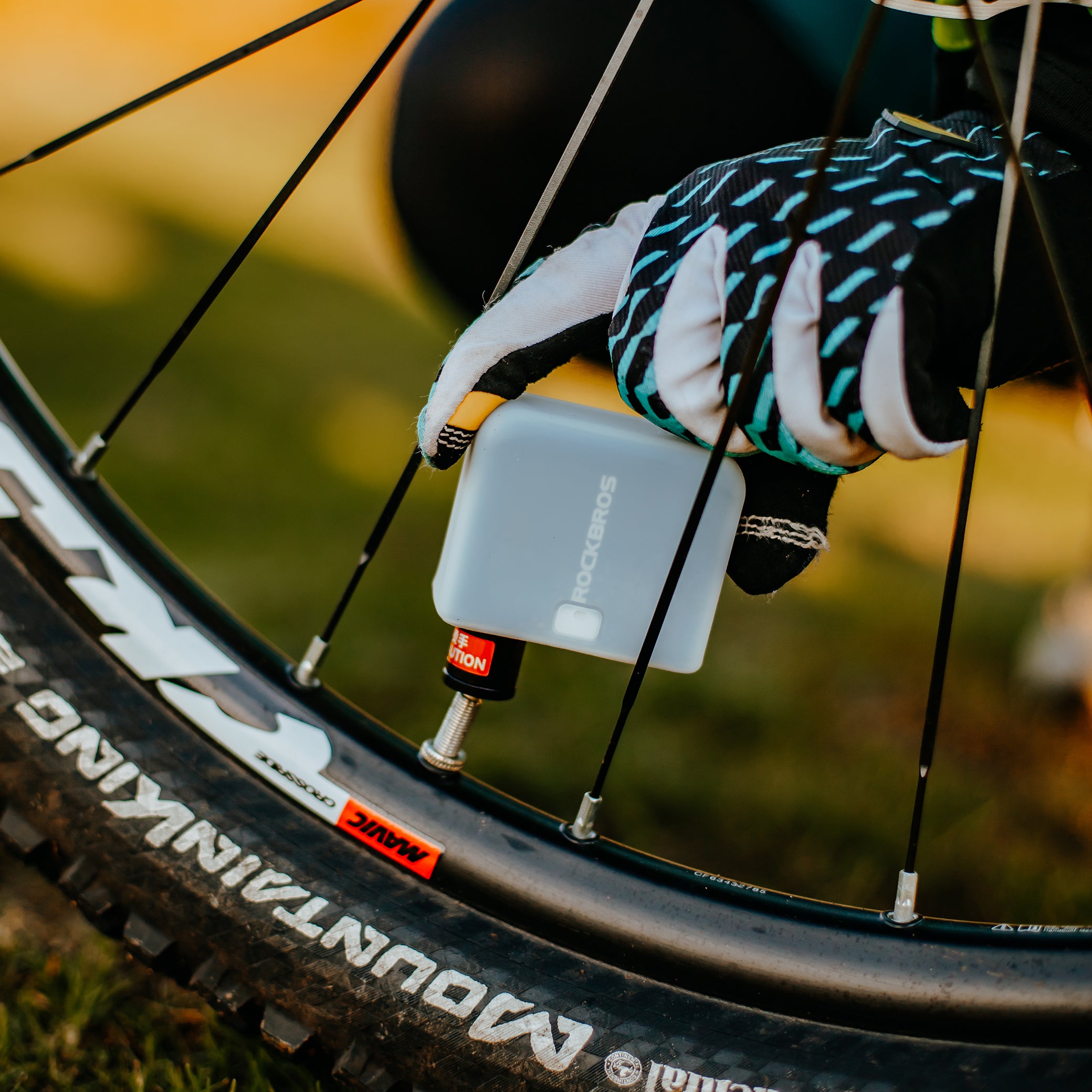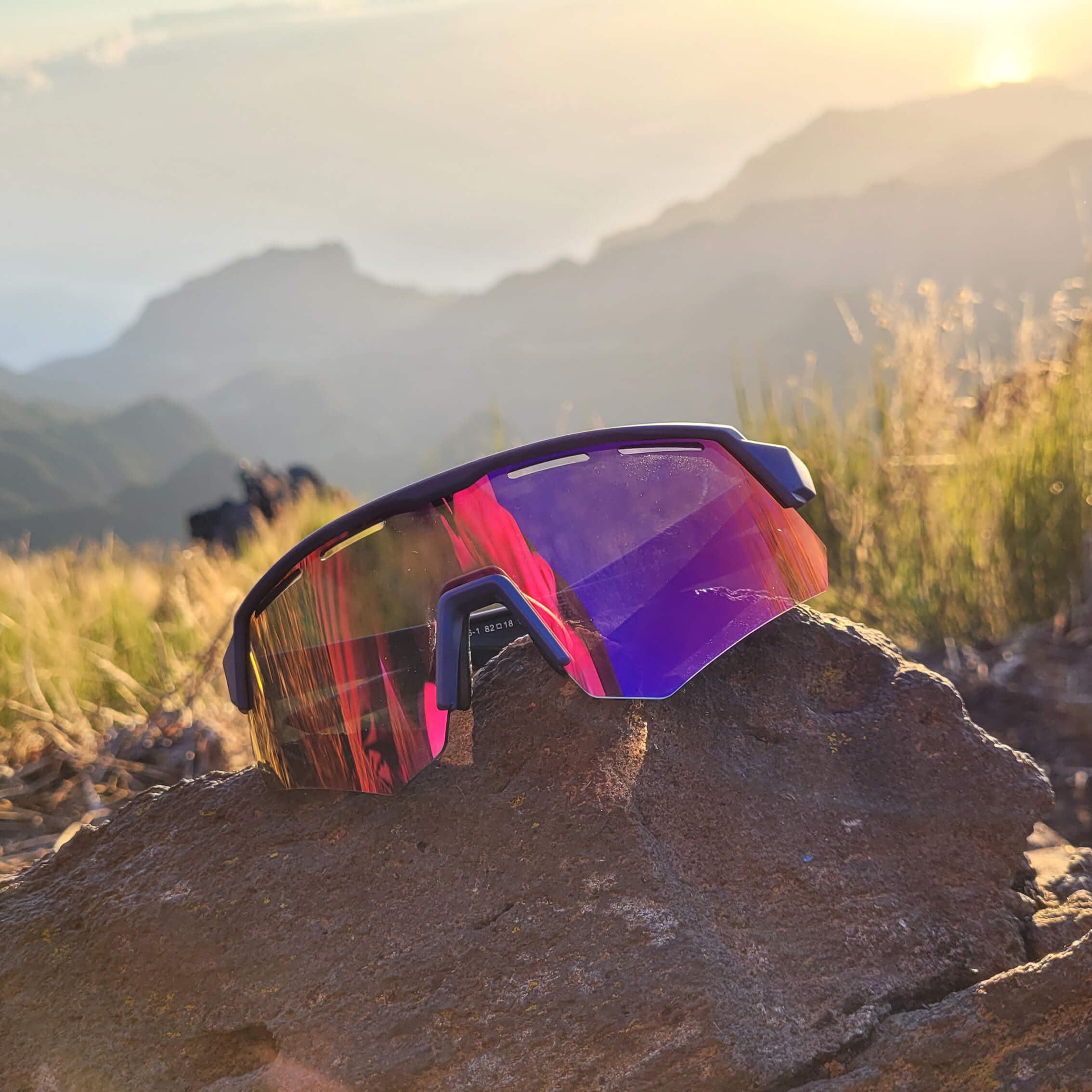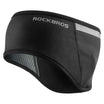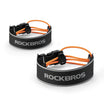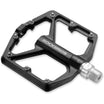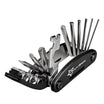1. Plan Your Cycling Route
Choose the Right Route: Pick a route that matches your cycling level. For beginners, opt for flat, low-traffic routes like park trails, country roads, or dedicated bike paths.
Know the Terrain and Distance: Familiarize yourself with the route’s terrain, elevation, distance, and available stops (like gas stations or shops).
Plan Rest Stops: Schedule breaks based on your cycling ability to maintain energy and safety during the ride.
2. Basic Bicycle Check
Seat Height and Comfort: Adjust the seat height to ensure your legs have a slight bend while pedaling for comfort.
Tires, Brakes, and Chain: Check that the tire pressure is appropriate, brakes are responsive, and the chain is clean and lubricated.
Gears and Overall Safety: Ensure that the gears shift smoothly, the bike frame has no visible damage, and all accessories (like lights and horn) are functioning properly.
3. Gear Preparation Before Cycling
 |
Safety Gear: Always wear a well-fitting helmet. Choose comfortable, breathable cycling clothes and padded shorts. Wear good cycling shoes that fit your pedals. Hydration and Snacks: Bring a water bottle or hydration pack to stay hydrated, and pack snacks like granola bars or nuts to keep your energy up. Tool Kit: Carry a basic tool kit with a multi-tool, tire levers, a spare tube, and a mini pump for any bike issues. |
4.Safety Awareness
Familiarize yourself with traffic rules and remain vigilant, especially at intersections and on uneven or wet roads where it's important to slow down. Let family and friends know your plans and check in with them upon your safe arrival. Always stay aware of your surroundings to ensure a secure and enjoyable ride.

